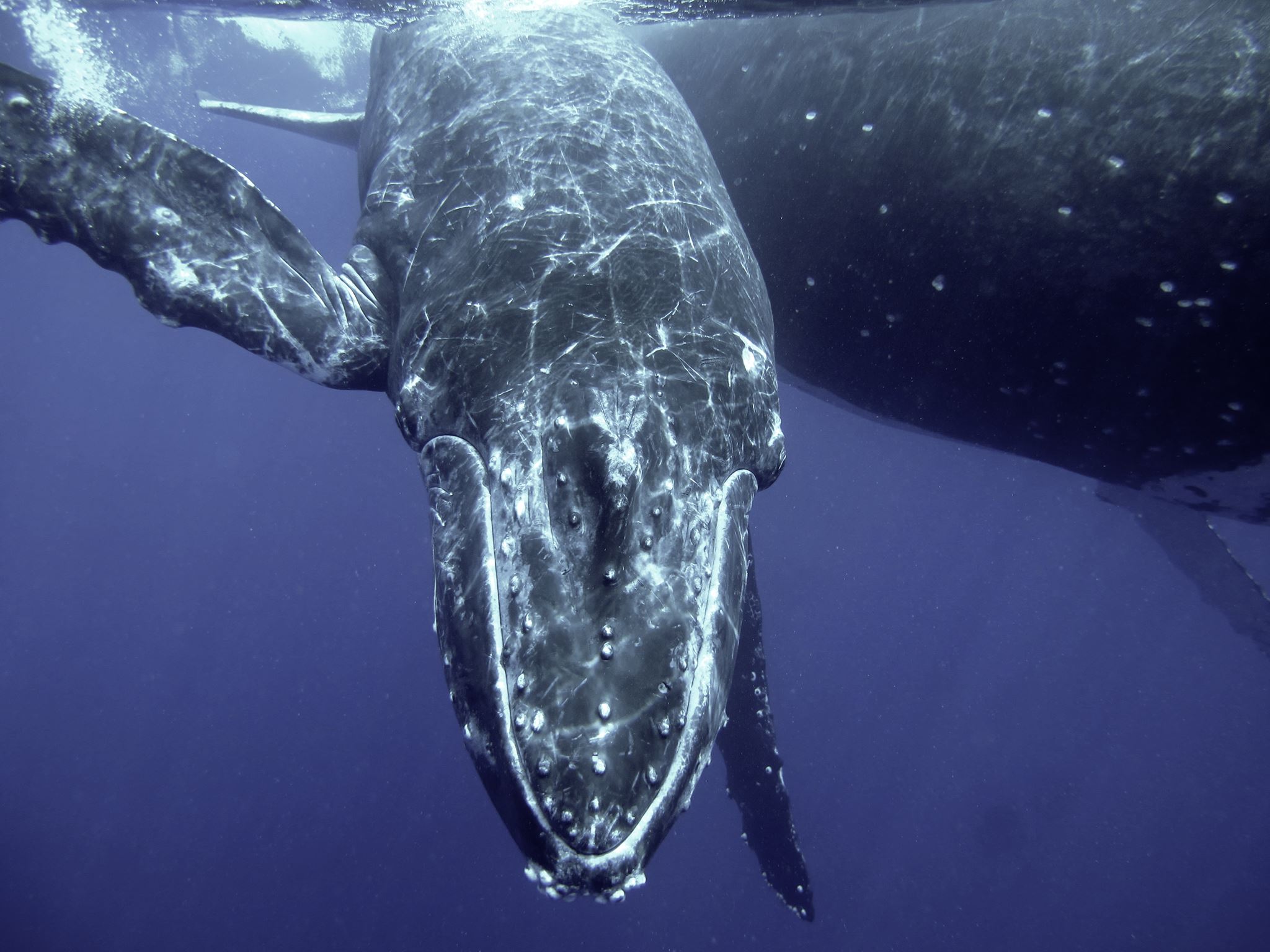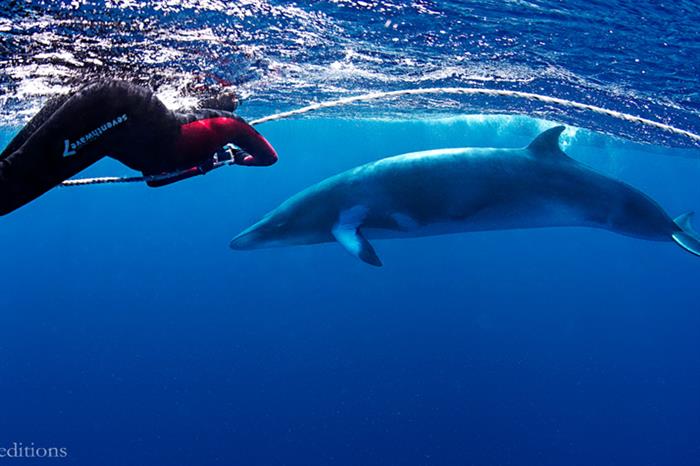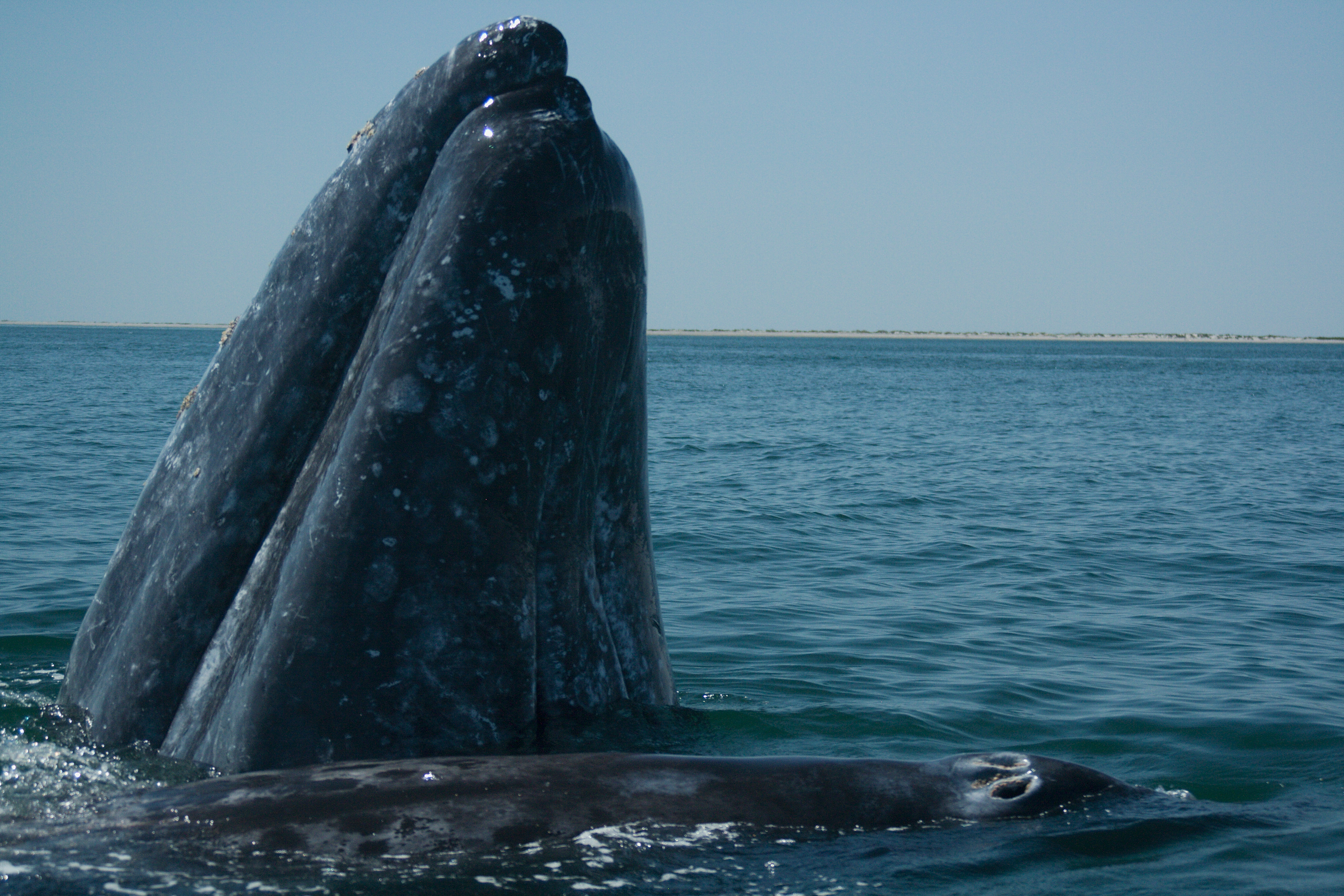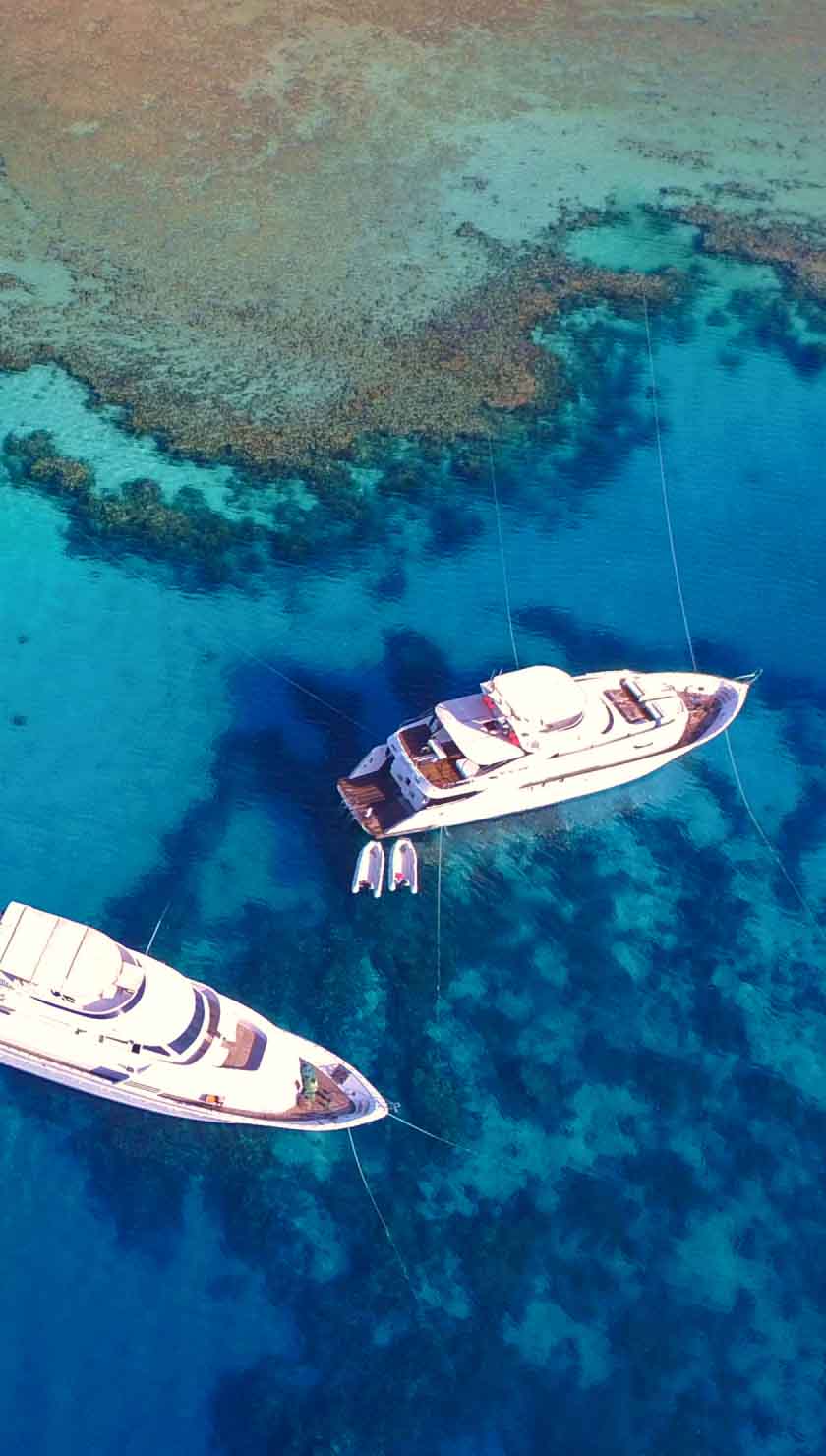Whale Watching Where to spot whale species worldwide
Whales have fascinated and enthralled us for centuries. These mysterious animals have a language all of their own, and hearing their melancholy tone as they sing underwater is one of life’s rare treats. Whales are highly intelligent, social animals that continue to surprise those who study their behaviors. Because of this, they are wonderful to view both above and below the water.
Whales do not like the bubbles from scuba equipment, so swimming or watching them from the water's surface is the best way to encounter these mammals. While swimming with whales is an incredible experience, watching whales above the water is equally as fantastic. The sound of a humpback whale exhaling through its blowhole as it surfaces beside a liveaboard is a sound that brings as much excitement as hearing these massive creatures underwater. Watching a 30-tonne creature leap from the ocean with such ease and grace is unforgettable. Booking a liveaboard during whale season means you will likely enjoy experiences such as this, as whales are inquisitive and will often come over to inspect the boat.
More than 70 species of whale have been identified so far (and seeing as we know more about space than the deepest depths of the ocean, perhaps there are more), and these species can be spotted in locations all around the globe on their annual migration.
Humpback whales

Humpback whales can grow to be the size of a bus and usually migrate around 25,000 kilometers yearly! Known best for the captivating sounds of their song (which only the male sings), these whales feed in freezing polar waters during summer, then journey to the tropical areas of the ocean to breed and calve.
You can watch these cetaceans feed in Canada and North America, but if you want some really intimate whale-watching encounters, the best place to see them (above and below the surface) is when they are breeding and have had their young. In places like the Kingdom of Tonga, Australia, the Dominican Republic, Hawaii, and Mexico, you can watch these animals in the wild as they nurture their calves and enjoy the warmer water temperatures.
Dwarf Minke Whales

These adorable whales may be on the smaller end of the whale scale, yet they can still grow to 8 meters and weigh several tonnes. Dwarf Minke Whales were only discovered during the eighties and are considered descendants of the Northern Hemisphere minke whale.
You can spot these cute whales on the Great Barrier Reef, Australia, from May to August every year. Liveaboards that operate in the area, such as Spoilsport, offer itineraries dedicated to getting you in the water with the whales as much as possible.
Grey Whale

Grey Whales travel further than any mammal, swimming thousands of kilometers from feeding to breeding grounds annually. These whales are some of the friendliest around, often allowing visitors to stroke them as they lay motionless on the surface beside the boat. From February to the end of April every year, you can spot these whales off the Baja Peninsula in Mexico. You’ll also have the chance to spot humpback whales and gargantuan blue whales at this time.
Blue Whales
Despite being the largest whale of all, this one is also the rarest to encounter. The largest animal to have ever lived on Earth, the Blue Whale can reach a whopping 200 tonnes and grow to more than 30 meters long! Ironically, the largest animal in the sea eats one of the tiniest and devours more than 4 tonnes of Krill daily.
Between February and March, you can see blue whales in Baja California, Mexico, along with humpback and grey whales. The Baja Peninsula, surrounding Socorro Islands, and the Sea of Cortez are some of the most spectacular diving in the world. Here, divers can come face to face with some of the largest species in the ocean, such as mantas, dolphins, sea lions, and, of course, whales.
Whale sharks

Okay, you’re right. These aren’t whales. They’re fish, and the biggest fish in the sea at that. These mammoth and totally harmless sharks are filter feeders and use their enormous mouths as giant nets to scoop plankton from the surface.
Watching whale sharks is best done in the water, snorkeling beside them, in places like the Maldives, Thailand, and Indonesia.










